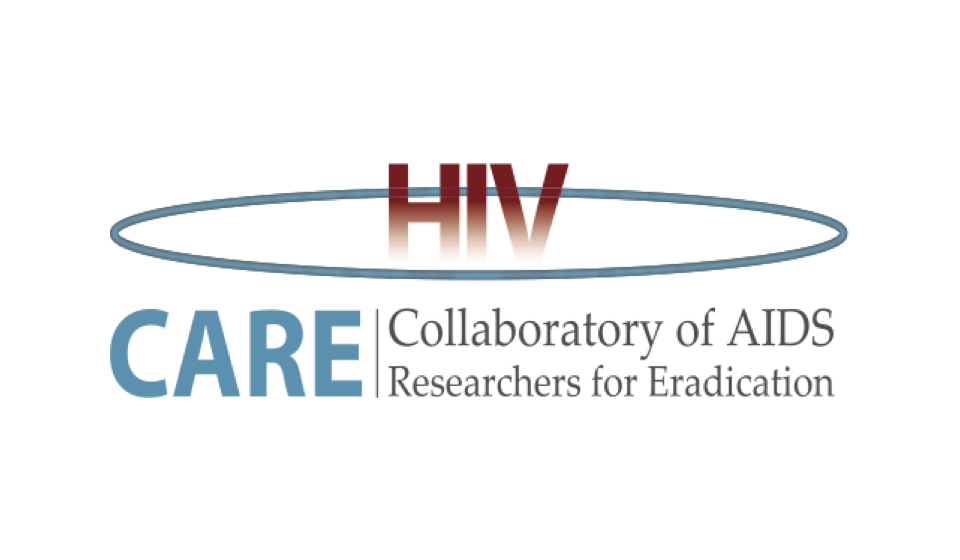HIV/AIDS in North Carolina
- The number of newly reported HIV infections in North Carolina has remained relatively stable over the past decade. For example, there were 1,631 new cases of HIV in North Carolina in 2014, compared to 1,641 in 2004. The number of Stage 3 infections (AIDS, the final stage, diagnosed when a person with HIV has a CD4+ count of less than 200 cells/mm3), however, has steadily decreased from 1,114 in 2004 to 817 in 2014 [1][3].
- The top five North Carolina counties with the highest HIV prevalence rates (ages 13 – 65) were Mecklenburg (31.0 per 100,000 persons), Edgecombe (31.0 per 100,000 persons), Cumberland (26.0 per 100,000 persons), Durham (25.7 per 100,000 persons), and Guilford County (23.5 per 100,000 persons) [2].
- The cumulative number of individuals diagnosed with HIV and AIDS infection in North Carolina was 42,899 since 1983. As of December 31, 2013, 28,101 of those were alive [2].
References
1 NC Department of Health and Human Services. (2014). 2014 North Carolina HIV/STD Quarterly Surveillance Report: Vol. 2014, No. 4. Retrieved from http://epi.publichealth.nc.gov/cd/stds/figures/vol14no4.pdf
2 NC Department of Health and Human Services (2013). 2013 North Carolina STD/HIV Epidemiological Profile. Retrieved from http://epi.publichealth.nc.gov/cd/stds/figures/Epi_Profile_2013.pdf
3 NC Department of Health and Human Services. (2004). 2004 North Carolina HIV/STD Quarterly Surveillance Report: Vol. 2005, No.4. Retrieved from http://epi.publichealth.nc.gov/cd/stds/figures/vol05no4.pdf
HIV/AIDS in the United States
- The incidence of HIV has remained stable overall with approximately 50,000 new infections per year, but certain groups are more affected than others, such as men who have sex with men (MSM) and gay and bisexual populations of all races and ethnicities [1].
- African Americans continue to experience the most severe burden of HIV/AIDS in the United States. Since the epidemic began, an estimated 270,726 African Americans have died with an AIDS diagnosis, including an estimated 6,540 in 2012 [1].
- HIV also disproportionately affects Hispanics or Latinos. Since the epidemic began, more than 100,888 Hispanics/Latinos have died with an AIDS diagnosis, including 2,155 in 2012 [1].
- It is estimated that 1,201,100 persons aged 13 years and older currently live with HIV infection in the United States, including approximately 168,300 who are unaware of their infection [1].
- Approximately 13,712 people died with an AIDS diagnosis in 2012 in the United States. More than 658,500 people have died of AIDS in the United States since the epidemic started [1].
References
1 Centers of Disease Control (2015). HIV in the United States: At a Glance March 2015. (2015, March 12). Retrieved March 23, 2015, from http://www.cdc.gov/hiv/pdf/statistics_basics_ataglance_factsheet.pdf
HIV/AIDS in the World
- Cities and urban areas bear a major part of the global HIV burden—in sub-Saharan Africa, nearly half (45%) of people living with HIV reside in urban areas. In many countries outside of sub-Saharan Africa, such as Brazil, Jamaica, and the Russian Federation, cities are home to more than half of all people living with HIV [1].
- Around 1 million people were accessing antiretroviral therapy (ART) globally in 2003. This number increased significantly by 2014, where approximately 13.6 million people were accessing ART globally. Though there has been considerable progress made in access to treatment for those affected by HIV/AIDS, we cannot treat our way out of the epidemic [1].
- There has been a 43% decline in the number of new HIV infections among children in Sub-Saharan African countries, from 350,000 [95% confidence interval (CI): 310 000–380 000] in 2009 to 199,000 [95% CI: 170 000–230 000] in 2013 [2].
- In 2013, there were approximately 35 million people living with HIV around the world. Since the start of the HIV/AIDS epidemic, around 78 million people have become infected and 39 million people have died [3].
- AIDS-related deaths have fallen since 2005. In 2013, 1.5 million people died from AIDS-related causes worldwide, compared to 2.4 millions in 2005 [3].
- The U.S. President’s Emergency Plan for AIDS Relief (PEPFAR) supports prevention services including HIV testing and counseling, Prevention of Mother-to-Child Transmission (PMCTC), Voluntary Medical Male Circumcision (VMMC), and tuberculosis testing. In 2014, PEPFAR supported 56.7 million HIV tests for men and women, of which nearly 2.9 million were positive. PEPFAR has significantly contributed to the expansion of HIV/AIDS treatment programs in the most affected regions of the world [4]; however, there is no cure yet for the infection and research for a scalable eradication strategy must continue.
References
1 UNAIDS. (2014). 2014 UNAIDS Outlook: The Cities Report. Retrieved from http://www.unaids.org/sites/default/files/media_asset/JC2687_TheCitiesReport_en.pdf
2 2014 Progress Report on the Global Plan. (2014, January 1). Retrieved March 23, 2015, from http://www.unaids.org/sites/default/files/documents/JC2681_2014-Global-Plan-progress_en.pdf
3 UNAIDS. (2014). 2014 UNAIDS Fact Sheet: Global Statistics. Retrieved from http://www.unaids.org/sites/default/files/en/media/unaids/contentassets/documents/factsheet/2014/20140716_FactSheet_en.pdf
4 PEPFAR. (2015). 2015 PEPFAR Annual Report to Congress. Retrieved from http://www.pepfar.gov/documents/organization/239006.pdf
Special thanks to co-author Samantha Ty

